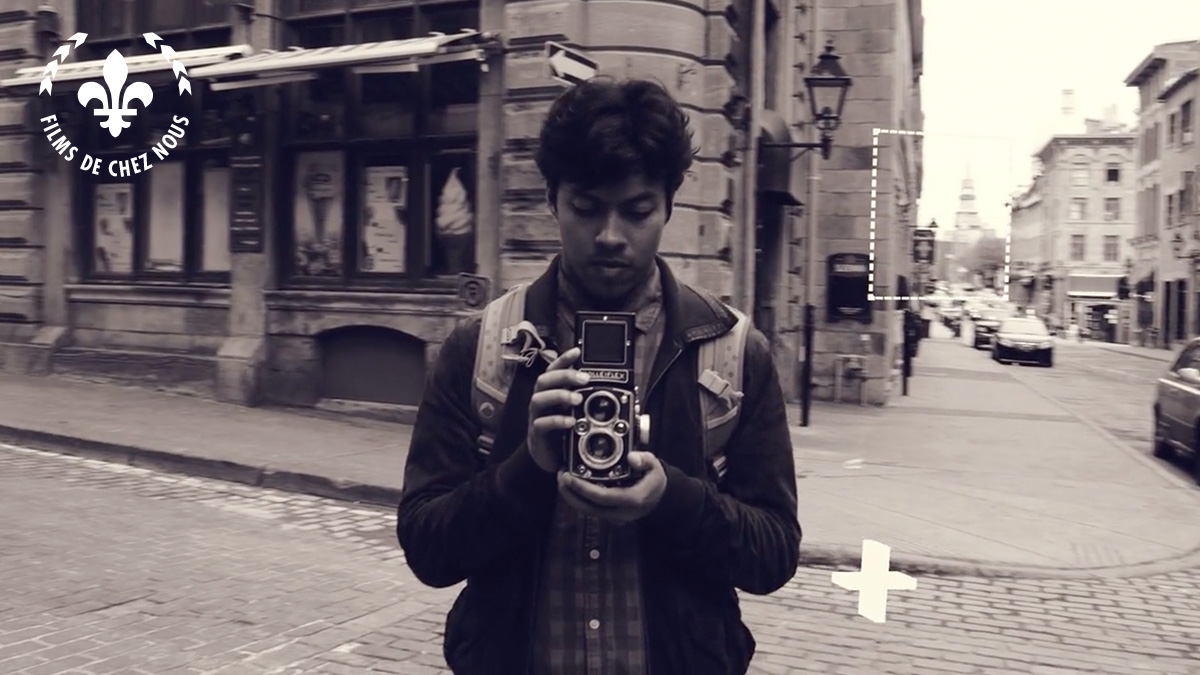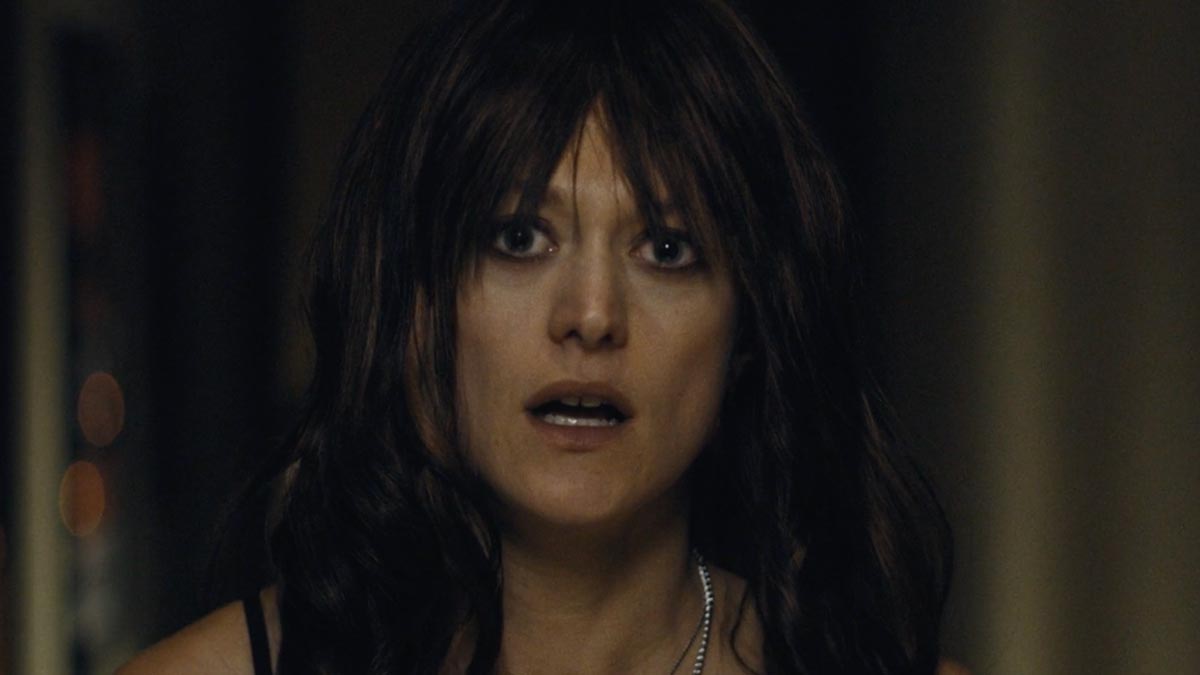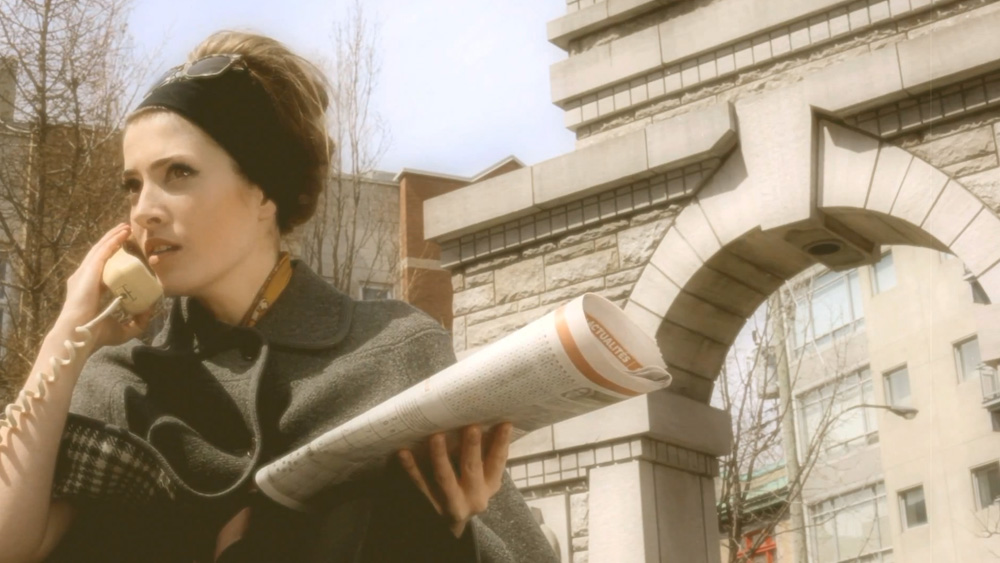Cauliflower is a surreal meditation that explores the profound significance of the cauliflower ear in the world of fighters and Martial Artists.
Welcome to a world where the mundane transforms into the extraordinary in the mesmerizing short film “Cauliflower,” directed by Aurelien Heilbronn (Street Racers, House of Xmas). This captivating cinematic creation delves into the enigmatic realm of fighters and Martial Artists, unraveling the profound symbolism behind the cauliflower ear. Through a surreal lens, the film beckons viewers to explore the significance of this physical trait, delving into the juxtaposition of strength and vulnerability that defines those who dedicate themselves to the world of combat.
“Cauliflower” weaves an intricate tapestry of themes, seamlessly blending the gravity of the fighters’ mentality with a delightfully eccentric visual style. With a fresh perspective, the film captures the essence of dedication, determination, and the subtle nuances that shape individuals who tread the path of martial prowess. Embark on a journey that transcends the surface, as “Cauliflower” invites you to ponder the depths of its symbolism and the fascinating world it unveils. This short film not only captivates the eye but also engages the mind, offering a unique perspective that resonates long after the screen fades to black. We spoke to Aurélien who gave us some insight on the film and process:
What inspired you to create a short film centered around the cauliflower ear?
As a MMA practitioner myself, I couldn’t ignore the diverse reactions and perceptions surrounding the cauliflower ear. Inside and outside of the locker room, everybody always had a different opinion regarding it.
Profoundly impacted by the famous statue of The Boxer at Rest, I wanted to explore the dichotomy between modern perspectives that view it as a deformity and the historical significance it held among the revered Pugilists of Ancient Greece.
The cauliflower ear is often associated with the physical toll and sacrifices of fighters. How did you approach portraying the emotional and psychological aspects of this phenomenon in your film?
The cauliflower ear indeed serves as a metaphor for the perseverance, training, and struggles that fighters endure. But I don’t see the film as being only about fighters. Through pressure soft becomes hard, through time, we change, all of us, forever.
I wanted to go beyond the surface and delve into the mindset, the struggles, and the sacrifices these individuals make to achieve greatness. By using surreal elements and visual metaphors, I aimed to create a sensorial experience that allows the audience to connect with the characters on a deeper level.
“Cauliflower” delves into surreal elements. What effect were you aiming to achieve with this approach, and how did it enhance the exploration of the cauliflower ear’s significance?
My desire was to tell a story that transcends the boundaries of sports while still delving into the inner world of fighters. I wanted to explore the deep meanings and hidden emotions behind this physical deformation, avoiding the usual clichés found in MMA films. The decision to distance myself from those allowed me to delve into surrealism, where the line between reality and the unconscious becomes blurry.
It opened up to uncharted worlds where dreams, emotions, and symbols can come to life and created a backdrop to explore themes of personal growth, authenticity, and the pursuit of greatness.
It enhanced the exploration of the cauliflower ear’s significance by presenting multiple layers of interpretation and inviting the audience to question their own perceptions of beauty and identity.
Martial Arts is deeply rooted in tradition and discipline. How does “Cauliflower” explore the intersection between tradition and the personal journeys of the characters?
The true essence of martial arts lies in its capacity to become a conduit for personal and spiritual growth. There’s a quote I like from Koichi Tohei:
“You should make it a habit of putting your all into every little thing you do.” To do that you can’t fake it, you need to be true to yourself.
This is why the narrator played by Jess Liaudin, embodies authenticity and unapologetically embraces his unique nature, while the misguided pursuit of respect and recognition leads the young character towards self-mutilation.
In the cage, you can’t lie.
The film seems to blend both realism and abstraction. How did you strike a balance between these elements while keeping the audience engaged?
Finding the right balance between realism and abstraction was key to keeping the audience engaged. While I grounded the film in the real-life experiences of fighters, I also used free association, metaphors as surreal elements to challenge perceptions and spark curiosity. It’s like dancing on the edge between reality and dreams, and I hope that dynamic keeps the audience immersed throughout the film.
Were there any particular challenges you faced during the production of “Cauliflower,” and how did you overcome them?
Putting together a personal project is always challenging but surrounding myself by talented individuals that trusted my vision made it all possible. The entire team did an amazing job.
Special thanks to the main actor, Jess Liaudin, the screenwriter/producer Alaric Smeets and the producer Paul Gazai.
What do you hope the audience takes away from this film after watching it?
I hope the audience takes away a renewed appreciation for the cauliflower ear as more than just a physical feature. I want them to connect with the fighters’ personal journeys, embrace the complexity of self-expression, and perhaps even be inspired to explore their own passions and pursuits with dedication and authenticity.
Are there any particular films that influenced your style in this film?
From the early stages of conceptualizing “Cauliflower,” I was drawn to the idea of utilizing free association to create a surreal and visceral imagery, blurring the boundaries between reality and the unconscious mind. Additionally, I needed to use black and white to give the bodies a statuesque quality and aesthetically transform the blood, the raw material of the cauliflower ear.
This is why as I delved deeper into the visual approach of the film, I couldn’t help but be reminded of how Bunuel’s, “Un chien Andalou,” had a profound impact on me during my film school days. Its surrealism and innovative storytelling definitely influenced my approach to “Cauliflower.”




